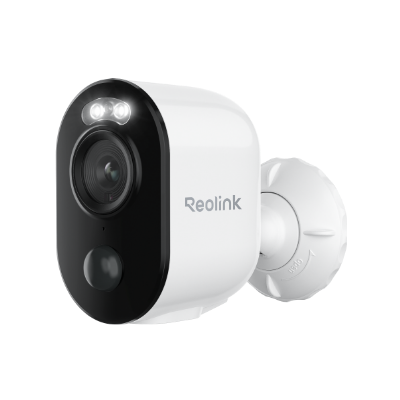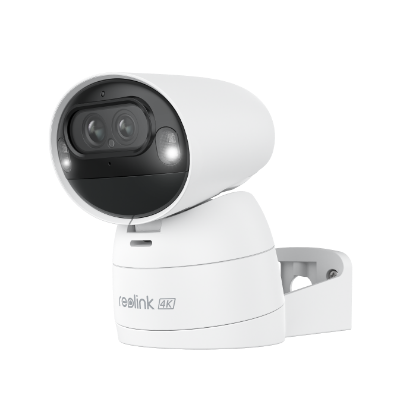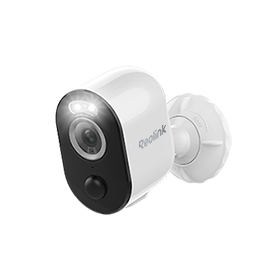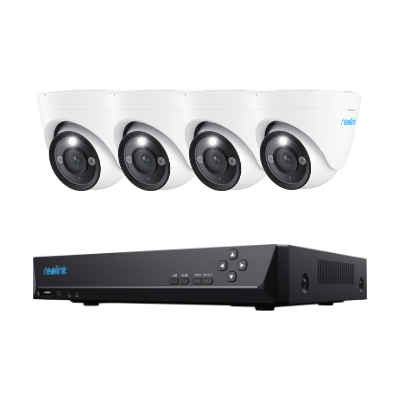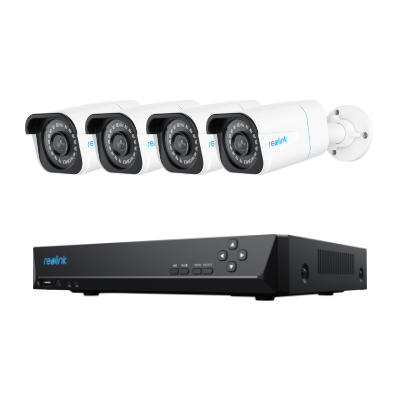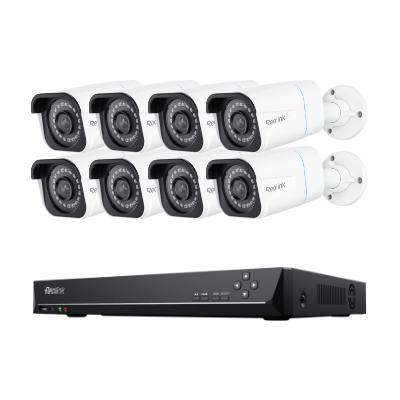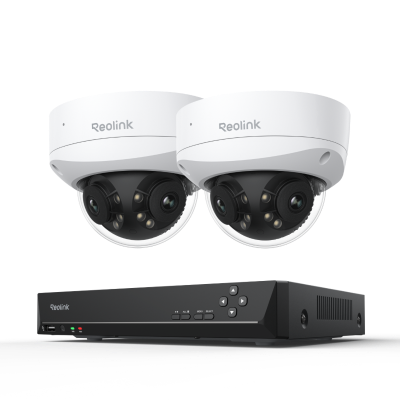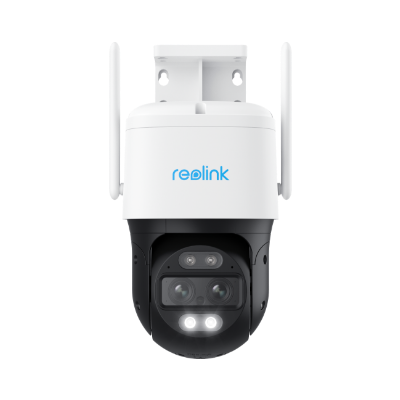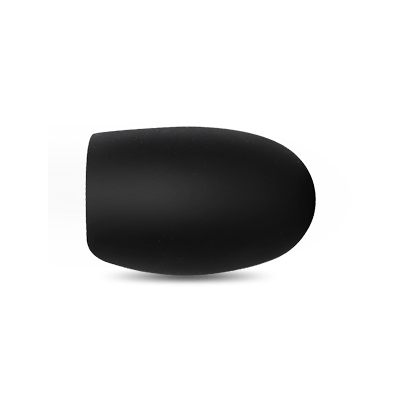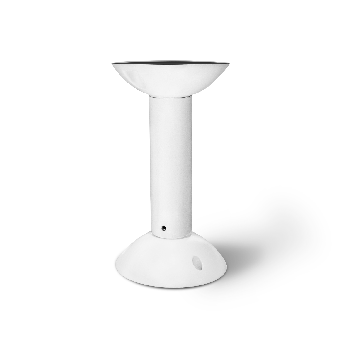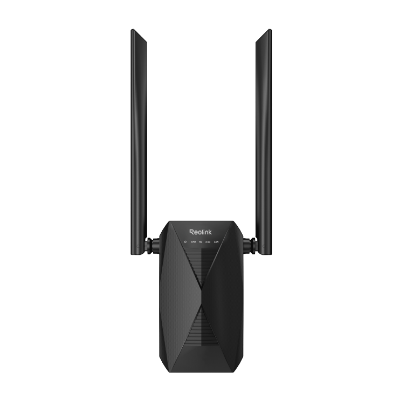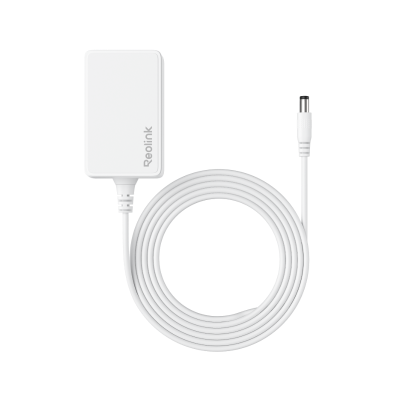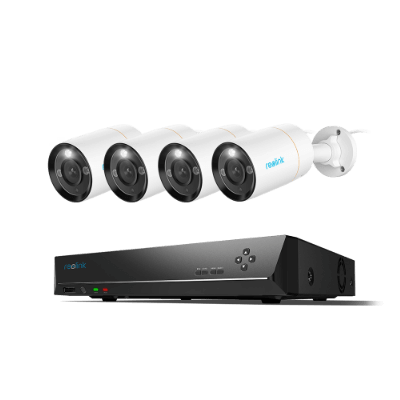What is IP Streaming Encoder? 2026 Full Guide

IP streaming encoders are devices that introduce an advanced way of broadcasting setups. The fans are crazy to watch their idols live and enjoy the same experience at home.
The demand for IP streaming encoders is increasing as people are eager to watch their favorite sports, events, and concerts on live streaming. They gained more popularity when gamers disrupted the streaming realm by providing high-quality audiovisuals.
In this article, we will discuss IP streaming encoders in detail to help you understand their algorithms and applications.
Basic Of IP Streaming Encoder
What Is IP Streaming Encoder?
IP streaming encoders are specialized devices or software that generate a compressed version of your audio and video content. You can stream over social media or other IP networks in the compressed digital format.
The IP encoder ensures that the audience gets high-quality content after being compressed. It uses advanced codecs to compress by taking the data from different sources, such as cameras, and combining them to create a compressed version for digital streaming.
Types Of IP Streaming Encoder
The hardware-based IP streaming encoders are specifically for high quality and better performance of audiovisuals. They are stable enough to provide a consistent streaming experience at low latencies. They are a bit pricey but best for large-scale events and preferable where the management doesn’t want to compromise on streaming quality.
Meanwhile, software-based encoders rely completely on the host resources and run the encoder on the CPU. It encodes the audio and video with the minimal available resources, providing a mediocre performance. Since they have a low initial cost, preferable for personal streaming or small-scale events, you can update the software and get new features every time for better streaming.
How Does IP Streaming Encoder Work?
Compression Algorithms Used In IP Streaming Encoding
There are mainly two algorithms widely used to compress the audio and video size but maintain the quality. The H.264 algorithm, also known as AVC, efficiently compresses your video and audio in a promising size range. It has different uploading speeds and is preferable to live streaming and video conferencing.
While H.265, also known as HEVC, offers high-efficiency video encoding with bandwidth savings of up to 40% compared to H.264. It offers the minimum uploading speeds, even for 4k or UHD videos. It is preferable for high resolutions like 4k and UHD because it is excellent in keeping the quality at higher compressions.
Transmission Protocols Utilized
Transmission protocols are the conventions that help in the communication between the devices over different networks. The rules manage how the data communicates, transmits, addresses, and routes with the available networks.
RTMP stands for Real-Time Messaging Protocol and is a commonly used protocol by media servers and live streamers. It is developed by Adobe and offers to transfer the data between the server and Flash player. It maintains low-latency and backs up the live streaming videos to be stabilized if the internet connection is unstable.
RTSP (Real-Time Streaming Protocol) controls the delivery of streaming and other media by providing low latency. The users can play, pause, and seek without downloading the media completely. This protocol is quite reserved because of incompatibility with most devices and browsers.
HLS is an advanced HTTP-based streaming protocol with an enhanced bit rate. It is developed by Apple and uses HTTP protocol to deliver them into media segments. It ensures smooth playback according to the network conditions with fluctuations. HLS is well known for secure and ultra-high-quality streaming.
Adaptive Bitrate Streaming
ABR stands for Adaptive Bitrate Streaming and is responsible for optimizing the video quality per the user’s network fluctuations. The video contents are usually at different bitrates, so it helps the users by monitoring the network conditions and providing a better bitrate according to the best bandwidth and latency.
It efficiently maintains the optimization even if the network is continuously changing. Thus, providing a seamless playback experience without buffering. It uses protocols like HLS to provide enhanced bitrate streaming within an available network.
Applications Of IP Streaming Encoders
Live Broadcasting
Live broadcasting is one of the top-most applications of IP stream encoders. It helps fans seamlessly watch live sports matches, news broadcasting, events, and concerts. The news encoders leverage the journalists to deliver live news coverage and broadcasts.
IP encoders gather the audience at a platform where they can remotely watch live events and concerts of their favorite stars.
Video Conferencing And Remote Collaboration
IP encoders compress the audio and video to provide a better quality for face-to-face conferencing. Business meetings incorporate different IP encoders to enjoy an uninterrupted remote experience with their officials.
It facilitates the individuals to conduct meetings remotely, which helps to collaborate with the concerned persons in different locations. Zoom is one of the common examples where IP encoders enhance your live communication to improve productivity.
Surveillance And Security Systems
IP encoders are also integrated with CCTV cameras that merge the video and audio in a compressed version to provide real-time surveillance even at high latencies.
Reolink Duo 3 is a PoE camera that can work with IP encoders. It offers 4K video quality and a 180-degree panoramic view to cover a wider area. It can track the motion of objects and send instant alerts. Other than that, it offers color night vision, double warnings, two-way audio, IP-67 rating, flexible storage, etc.
Groundbreaking 16MP Dual-Lens PoE Camera
16MP UHD, Dual-Lens, Motion Track, 180° Wide Viewing Angle, Power over Ethernet, Color Night Vision.
RLK8-1200B4-A is a complete security camera system. There are four 12MP Ultra HD cameras and one 8-channel NVR with 2TB storage. It is suitable for covering a larger area. The camera offers color night vision, smart detection, weatherproofing, and tons of features.
12MP 8-Channel PoE Surveillance Kit with Spotlights
4 pcs 12MP Ultra HD Security Cameras; 2TB HDD 8-Channel NVR for 24/7 Recording; Person/Vehicle Detection; Color Night Vision.
These are some of the best cameras that offer live monitoring remotely with efficient use of advanced encoders. Users can conveniently monitor their homes and offices with an enhanced bitrate over IP networks.
Distance Learning And Online Education
Distance learning and online education include live training sessions and virtual classrooms. IP encoders help the teachers deliver the relevant lectures and conduct live sessions with their students. They are integrated into various learning platforms, supporting recorded lecture uploading and live chats.
Live Streaming Encoder Terms
Frame Rate
You might have heard about the FPS while gaming or streaming. It is the individual frequency of consecutive images to be displayed per second. In simple terms, the higher the FPS, the smoother the video. Common frame rates include 24fps for normal movies, 30fps for online broadcasting, and 60+ FPS for higher resolution and gaming.
Bitrate
Bitrate is the transmission of the data per unit time of the stream. Higher bitrate will result in quick data processing and high-quality videos. However, you will find larger file sizes in greater bitrates. It requires higher bandwidth for better and smooth visuals.
H.264/AVC
H.264, or advanced video encoding, offers an efficient compression of audio and video in a package to deliver the best possible quality. It is ideal for small-scale streaming where quality can be compromised. It usually requires higher bandwidth to upload videos on different platforms.
H.265/HEVC
H.265 is an advanced compressive encoding to support larger scale and ultra quality needs. It lets you go for higher resolutions with finer and more detailed visuals. It offers high-level and fast uploading compared to H.264.
Codec
Codec is a hardware or software-based utility that facilitates encodes/decodes and compression/decompression for audiovisual transmissions. It encodes the raw video and audio from the default sources and compresses them for transmitting and storing while saving the original quality. The common codec examples are H.264 and H.265.
FAQs
1. What encoder should I use for streaming?
It solely depends upon the requirement and type of content for streaming. Whether you are streaming games or managing live events, you must explore software and hardware-based encoders such as OBS Studio and Matrox for efficient streaming according to your needs. Moreover, choosing a compatible and easy-to-use encoder for better results would be best.
2. What is the default IP of the HDMI encoder?
The default IP of the HDMI encoder is 192.168.1.168 but it may vary with the different manufacturers. You must check the user-annual of the device to find the accurate HDMI encoder.
Conclusion
An IP encoder is essential for hassle-free broadcasting experience. We have discussed everything in detail about the IP encoders to make it easier for you to gather knowledge and use the best of them. They continue to ensure optimized broadcasting and seamless delivery to a global audience.
Search
Subscribe for the Latest Updates
Security insights & offers right into your inbox







































